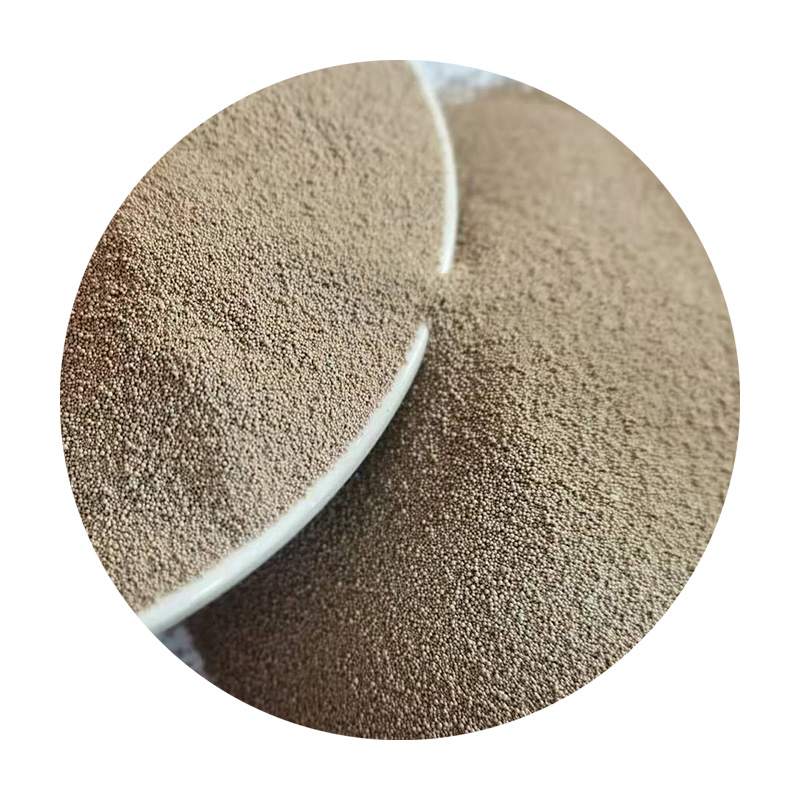The Role of Sand and Resin in Modern Material Science
Sand and resin have become increasingly essential in various industries, from construction to art. The combination of these two materials has revolutionized how we approach product design, manufacturing, and even artistic creation. Understanding the properties and applications of sand and resin can provide valuable insights into their significance in modern material science.
The Composition and Properties of Sand and Resin
Sand, primarily composed of silicon dioxide (SiO2), is one of the most abundant materials on the planet. Its granulated structure allows for excellent drainage and is a fundamental ingredient in concrete and mortar, making it indispensable in the construction industry. However, sand is not just restricted to construction; its versatility extends to various applications, including filtration systems and landscaping.
Resin, on the other hand, is a synthetic or natural organic compound that can be used in numerous applications. Thermosetting and thermoplastic resins are the two main types, each possessing unique properties. Thermosetting resins, once cured, cannot be reshaped, making them suitable for high-strength applications like automotive and aerospace components. Thermoplastic resins, however, can be remolded and reused, offering flexibility that is particularly helpful in packaging and consumer goods.
When combined, sand and resin create a composite material that harnesses the strengths of both components. This mixture provides enhanced durability and structural integrity, making it suitable for various applications, from industrial to artistic.
Applications in Construction
One of the most prominent uses of sand and resin mixtures is in the construction industry, particularly in producing sand-based composites. These materials are utilized for casting shapes and components for buildings, bridges, and other infrastructures. The resin acts as a binder that holds the sand particles together, resulting in a product that is lightweight yet robust.
sand resin

In addition, the use of resin in concrete formulations can significantly improve the mechanical properties of traditional cement mixtures. The addition of resin can enhance the tensile strength, impact resistance, and overall durability of concrete, making it more suitable for challenging environments like coastal areas and chemical plants.
Artistic Endeavors and Decorative Uses
Beyond industrial applications, the combination of sand and resin has opened new avenues for artistic expression. Artists and craftsmen use this mix to create stunning pieces with intricate textures and colors. Sand can add a unique tactile quality and visual appeal, while resin allows for detailed finishes and provides structural integrity to the artwork.
Resin-coated sand is often used in coastal-themed crafts, furniture, and home decor. Its ability to mimic the natural beauty of the beach makes it a favorite among artisans looking to bring the essence of nature into their creations.
Environmental Considerations and Developments
As the demand for sustainable materials rises, researchers are exploring eco-friendly resins and sand substitutes. Biodegradable resins derived from renewable resources are being developed, aiming to reduce the environmental impact of conventional materials. Additionally, recycled sand produced from construction waste offers a sustainable alternative to natural sand extraction, which can be environmentally damaging.
Conclusion
The synergy between sand and resin continues to shape various industries and artistic fields. From enhancing construction techniques to inspiring creativity in art, the combination of these materials showcases their versatility and importance. As we look forward, ongoing research and innovation hold the promise of even more groundbreaking applications, propelling sand and resin into new realms of possibility in modern material science.
Post time:11-р сар . 10, 2024 14:59
Next:Exploring the Techniques and Benefits of Iron Sand Casting in Metalworking
